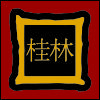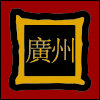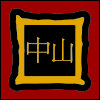 |
GUILIN -- GUANGZHOU -- ZHONGSHAN October 23, 2014 |
  |
 |
GUILIN -- GUANGZHOU -- ZHONGSHAN October 23, 2014 |
  |
During our last morning in Guilin, we visited a tea plantation. There (besides getting to wear cool hats in the field) we learned a lot about tea. First we learned how the number of leaves picked affects the quality of the leaves. Then we learned how the tea leaves are prepared for drying. More...